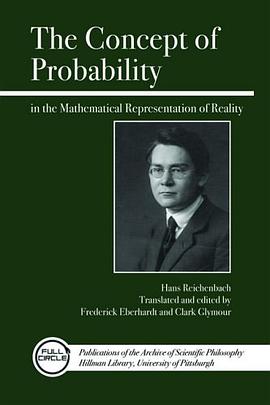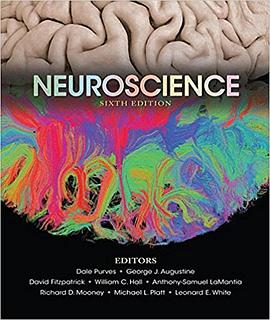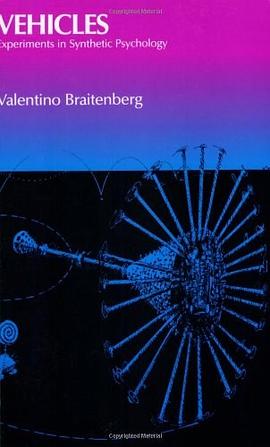Ever since the dawn of linguistics as a scientific discipline, there have been numerous attempts to find links between various languages of the world. Nowadays, it is common knowledge that most modern languages originate from several ancient languages, most notably languages of the Indo-European language family, which all derive from the Proto-Indo-European language. But could these languages possibly have links with other, entirely different ones? After all, modern China is not far away from where this Proto-Indo-European language originates. This book deals with such links, with a specific focus on German-Chinese cognates. It is based on the assumption, that literally all languages of the world are connected in some way. Our goal is to demonstrate how closely related German and Chinese really are. The author spent the last five years conducting this research and achieved remarkable results through unceasing endeavour. His comparison of words is relatively strict and carefully chosen. Cognates contained in this book are required to have the same consonant endings, as these are the most important part of the comparison. Since modern Mandarin Chinese has lost nearly all endings of Classical Chinese (preserving only -n and -ng), the author makes use of Cantonese (a Chinese dialect spoken in southern China, as well as in Hong Kong and Macao), as it retains all endings found in Classical Chinese (-n, -ng, -m, -k, -p, -t) and is therefore suitable for illustrating the astonishing similarities between the Germanic languages (most notably German, but also English) and Chinese (represented mainly by Cantonese in this book). These cognates can also be used to develop a Chinese-character-based transliteration for German and other European languages. If virtually every language can be written using a script based on Roman letters, why would the same not be possible with Chinese characters? Better yet, as opposed to the Latin script, Chinese characters not only represent a sound, but contain a meaning and show the etymology of the word as well. Cognates are expressed with the same character and words of a word group mostly share the same phonetic parts (glyphs). The meaning is contained in the radicals of Chinese characters. Creating a script based on Sinographs (characters consisting of Chinese radicals and phonetic parts) for Western languages will make language learning considerably easier. Cognates will simply be recognized instead of being searched for in etymological dictionaries. It may well promote the learning and understanding of other languages at first sight. The author, himself a passionate language learner, thereby attempts to promote and deepen cross-cultural understanding and demonstrate, that supposedly entirely different cultures (or languages) actually have much more in common than we might think.












